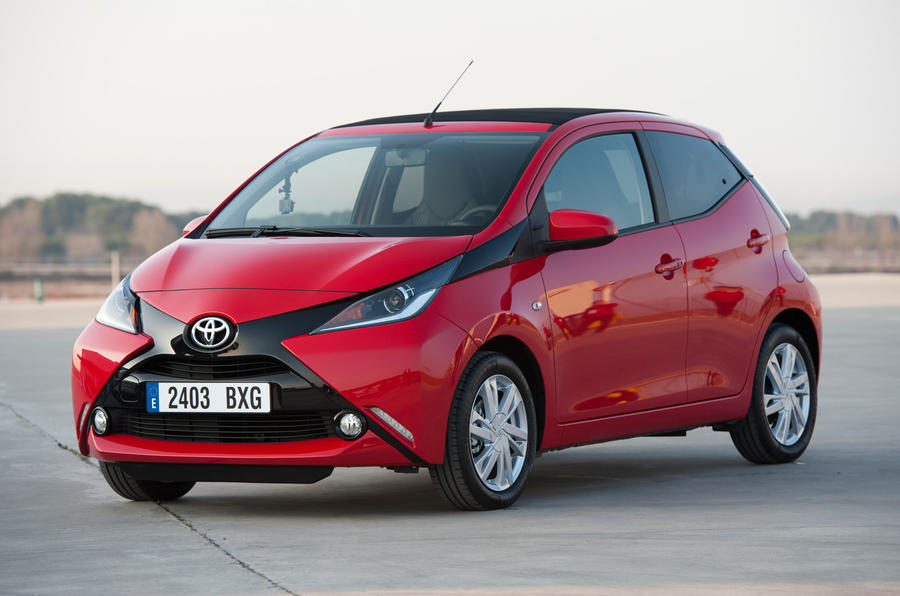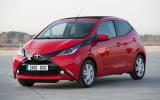What is it?
A new Toyota Aygo, the city car from the triumvirate produced in a joint venture between Toyota, Citroën (C1) and Peugeot (Peugeot 108). It has been such a successful collaboration – more than two million of the trio have found homes since 2005 – that continuing the partnership was a straightforward call.
This time around there are bigger visual differences between the three cars – on the outside, at least. To our eyes, the Toyota remains the most distinctive. It has this bold cross thing going on at the front, which is meant to look like some curved forms are breaking out of a cubic mould. Toyota doesn’t mind if its weirdness puts some buyers off; the idea is that other buyers will be too bowled over to buy anything else. It's a chance worth taking if you get character, Toyota thinks.
What allows the visual differentiation is that, outside, only the front doors and screen surround are common to the three cars. All other exterior panels are different, down to the Aygo’s double-bubble roof. That’s allowed by a more intelligent use of what is, in essence, the same platform as before, albeit heavily updated. The structure is much improved, with high-strength steels and extra spot welds (another 119 if you’re counting) used in key areas, which increase torsional rigidity and, presumably, crash performance significantly.
Toyota wants the new Aygo to be more ‘playful’ than before. Hence not only the design, but also a lower driver’s hip-point, making the driving position less upright and more youthful. Despite there being a 5mm lower roofline, then, front headroom has increased by 7mm. An 8mm wider track gives a little extra muscle to the stance (although these things are relative), while the wheelbase is the same and the overall length is up by just 25mm; at 3455mm, this is still a compact city car, as you’ll find out if you try to get in the back.
Power comes from a 69bhp 1.0 three-cylinder petrol engine, the only powerplant available. It has the same '1KR' designation as before, but has again been significantly reworked, primarily for greater efficiency. There’s now (if you spec stop-start) a version emitting as little as 88g/km of CO2. The regular five-speed manual is a 95g/km, 68.9mpg car, while even the five-speed single-clutch robotised, flappy-paddle manual – designated x-shift – emits just 97g/km (67.3mpg).




























Join the debate
Add your comment
What were they thinking of?
All things considered, I would go for the VW Up or the Hyundai i10 instead.
Missed chance
I think not!